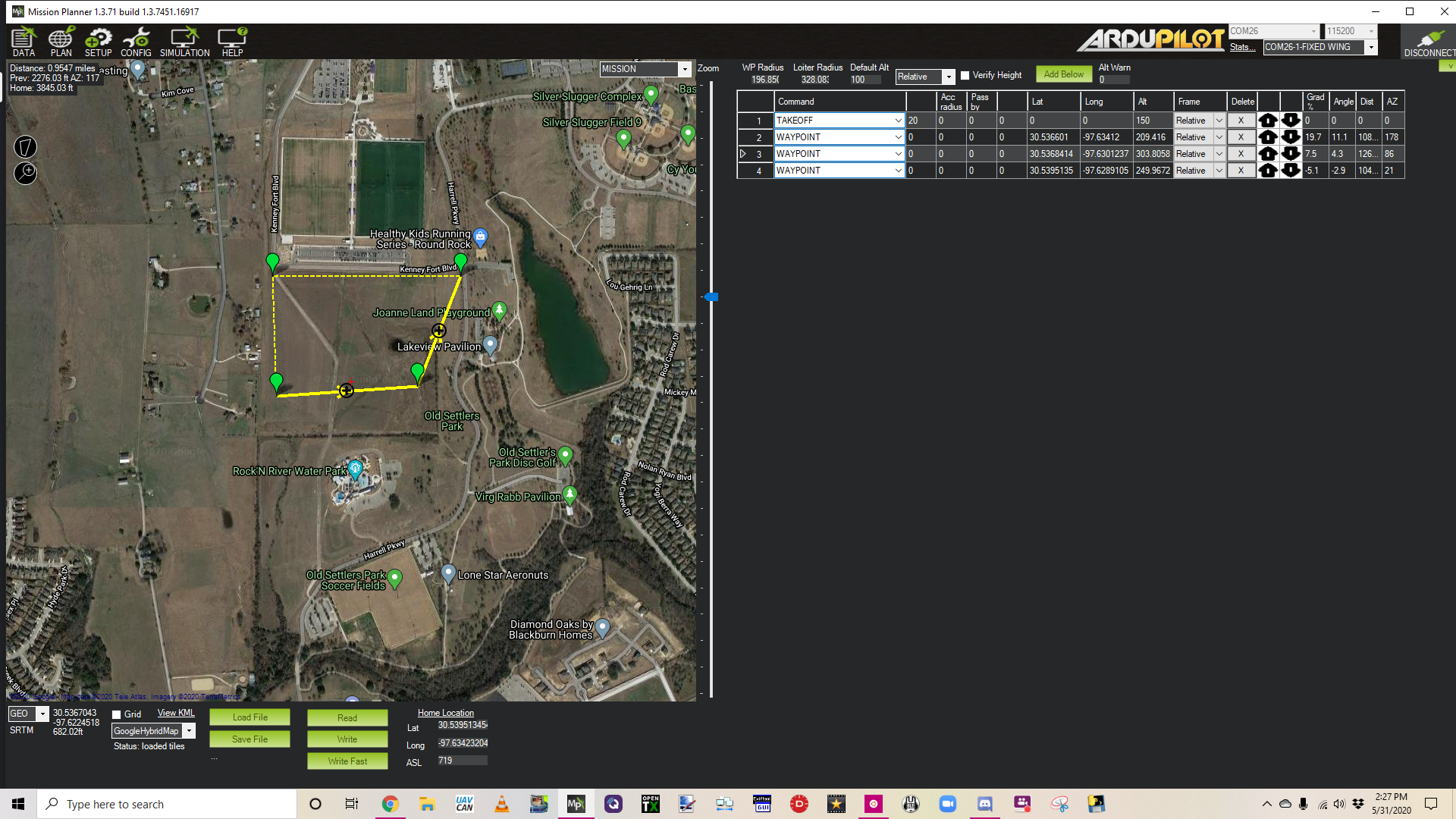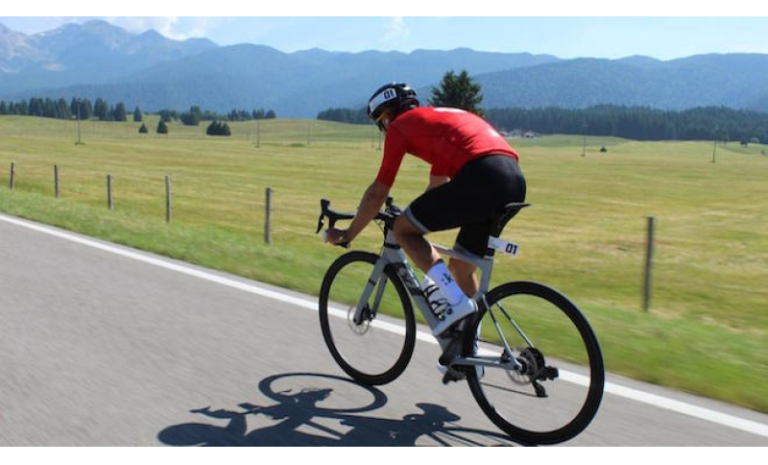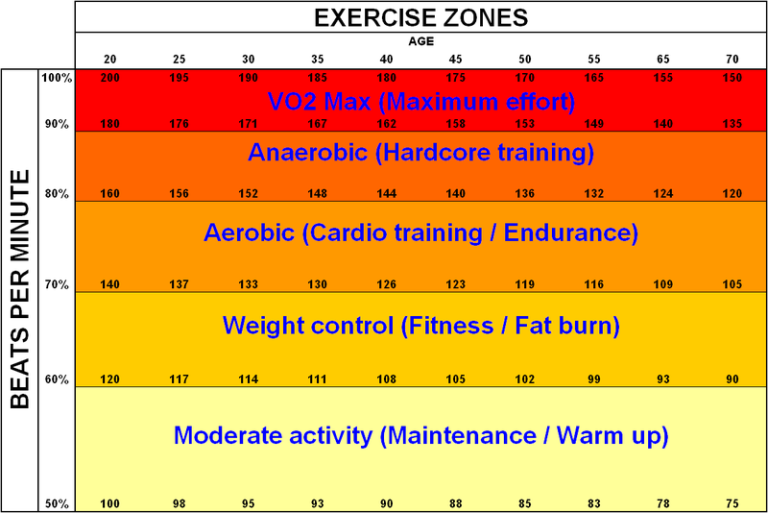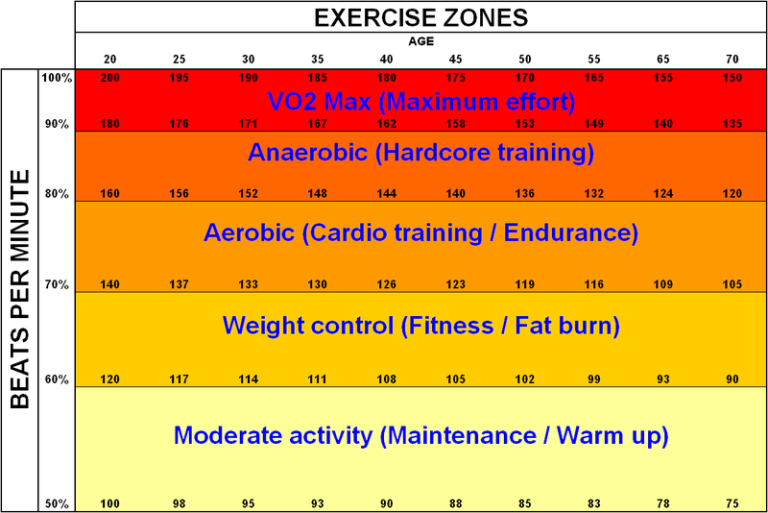Altitude Simulation Training for Ultra-Cyclists: Advanced Techniques for Peak Performance
For ultra-cyclists, the journey to peak performance is a challenging one, demanding not just physical strength but also mental endurance and strategic training. As the demands of long-distance cycling continue to evolve, advanced training techniques become essential to gain a competitive edge. Among these is altitude simulation training, an approach that leverages altitude physiology to enhance cycling performance metrics. This specialized endurance training merges hypoxic training with simulated altitude environments to push ultra-cyclists to new heights.

The Science Behind Altitude Simulation Training
Understanding Altitude Physiology
Altitude simulation training revolves around the concept of exposing athletes to lower oxygen levels, similar to high-altitude environments. This state, known as hypoxia, encourages the body to adapt in ways that improve aerobic capacity and enhance endurance. When cyclists train in simulated altitude conditions, their bodies undergo altitude acclimatization, a process where the production of erythropoietin (EPO) increases, boosting red blood cell count and oxygen transport.
The Role of Altitude Chambers and Equipment
Altitude chambers and other simulation equipment create an environment where the air pressure is adjusted to mimic high altitudes. This allows athletes to experience oxygen deprivation without leaving sea-level comforts. Normobaric hypoxia is another term used to describe these simulated environments, providing a setting where high altitude adaptation can occur safely and effectively.

Integration of Altitude Simulation into Cycling Training
Interval Training for Endurance Cycling
Interval training is a crucial component of any endurance sport. For ultra-cyclists, incorporating interval sessions in altitude conditions can maximize performance enhancement. By alternating between high-intensity bursts and rest periods at simulated altitudes, cyclists can effectively stress their systems to trigger adaptive mechanisms, leading to improvements in W/kg ratios — a key cycling performance metric that measures power to weight.
HIIT for Cyclists
High-Intensity Interval Training (HIIT) demands cyclists push their limits, elevating heart rates and stressing muscles. At altitude, these sessions can be particularly effective due to the body’s forced adaptation to lower oxygen levels. The combination of HIIT and simulated altitude prepares ultra-cyclists for endurance challenges by developing both anaerobic and aerobic capacities.
Power-Based Training for Ultra-Cycling
Power-based training involves tracking metrics like cycling cadence and VO2 max improvements. By integrating altitude simulation, cyclists can optimize their output. Data suggests that athletes training at higher altitudes or in hypoxic conditions show marked improvements in VO2 max, an indicator of how efficiently the body uses oxygen during intense exercise.
Using Heart Rate Zones
Monitoring heart rate zones is critical for regulating exertion levels during training. At altitude, heart rates naturally increase due to oxygen deprivation, offering a unique platform for training. Cyclists can adjust their efforts based on data from heart rate monitors, ensuring they’re working within optimal zones for both endurance building and altitude acclimatization.
Maximizing Mental Resilience and Motivation
Mental strength is as vital as physical preparation. For ultra-cyclists, maintaining mental resilience can be the difference between completion and giving up.
Mindfulness Techniques
Mindfulness techniques help racers stay present and focused, enhancing their performance during grueling events. Techniques like deep breathing and meditation can be incorporated into training regimes to improve concentration and reduce altitude-related stress.
Visualization Exercises
Visualization is a powerful tool in sports performance. Cyclists should spend time visualizing successful performances in challenging conditions, which helps in managing anxiety and boosting confidence.
Overcoming Race-day Anxiety
Race-day anxiety can affect even the most seasoned athletes. Overcoming it involves a mixture of preparation and mental exercises. Confidence builds as cyclists condition themselves through both simulated altitude training and mental reinforcement, readying them for any eventuality.
Data and Metrics in Altitude Simulation Training
Scientific research underscores the effectiveness of simulated altitude in sports training. For example, a study published in the Journal of Sports Science and Medicine showed a significant improvement in VO2 max and lactate threshold among athletes who trained in altitude conditions.
Cyclists can monitor their progress and tailor their training through metrics such as:
– **Cycling Cadence**: Essential for finding the optimal rhythm and efficiency during rides.
– **VO2 Max Steps**: Indicates the body’s capacity to consume oxygen.
– **W/kg**: Measures the power-to-weight ratio, crucial for climbs and sprints.
These performance metrics are not just numbers but insights that drive adaptive modifications vital for ultra-cycling improvement.
User Intent and Benefits of Advanced Techniques
Altitude simulation training offers a multitude of benefits for ultra-cyclists. By focusing on improving endurance, boosting power output, and building mental resilience, cyclists can unlock their full potential.
Practical application involves integrating the discussed techniques into one’s regular training regimen. Training camps specifically designed for altitude simulation provide structured environments where cyclists can immerse themselves in both physical and mental preparation.
Conclusion
Whether the goal is to increase stamina, improve climbing ability, or enhance mental toughness, altitude simulation training offers ultra-cyclists a comprehensive toolkit. By embracing advanced techniques such as hypoxic training and power-based methods, athletes are better equipped to navigate the rigorous demands of ultra-cycling. As you step up your training, consider these approaches and share your experiences to foster a community dedicated to pushing boundaries and achieving greatness.
FAQs
**1. What is altitude simulation training, and how can it benefit ultra-cyclists?**
Altitude simulation training mimics high-altitude conditions to enhance physiological adaptations. It benefits ultra-cyclists by increasing aerobic capacity, improving endurance, and promoting mental resilience, vital for long-distance cycling.
**2. How does intermittent hypoxic training differ from traditional training methods?**
Intermittent hypoxic training involves exposing athletes to cycles of low oxygen, alternating with normal conditions. This approach accelerates adaptation processes and can offer more significant benefits than training at a constant altitude level.
**3. Are there risks associated with altitude simulation training?**
Like any training regimen, risks exist, particularly if the body isn’t properly acclimated. Possible effects include altitude sickness, though controlled conditions in a simulation setting minimize such risks. Consulting with coaches and medical professionals is advised.
**4. How can cyclists monitor improvements during altitude training?**
Using cycling performance metrics such as VO2 max, cycling cadence, and W/kg ratios can help track improvements during altitude simulation training. Devices like power meters and heart rate monitors provide valuable data for analysis.
**5. Can altitude simulation training help in other sports as well?**
Yes, the principles of altitude simulation training benefit a wide range of endurance sports, enhancing oxygen uptake and delivery crucial across athletic disciplines.






